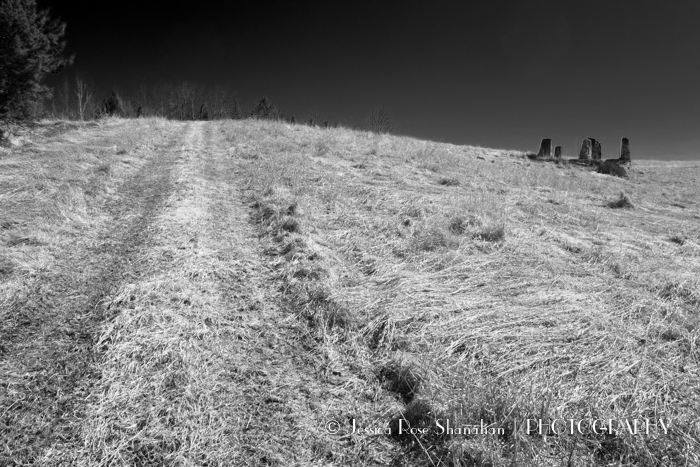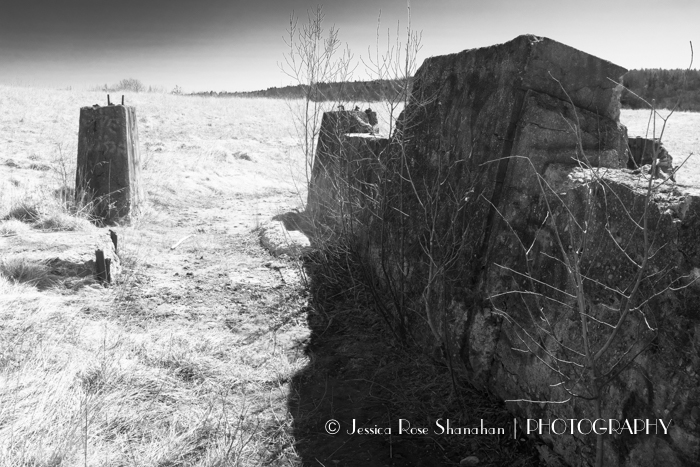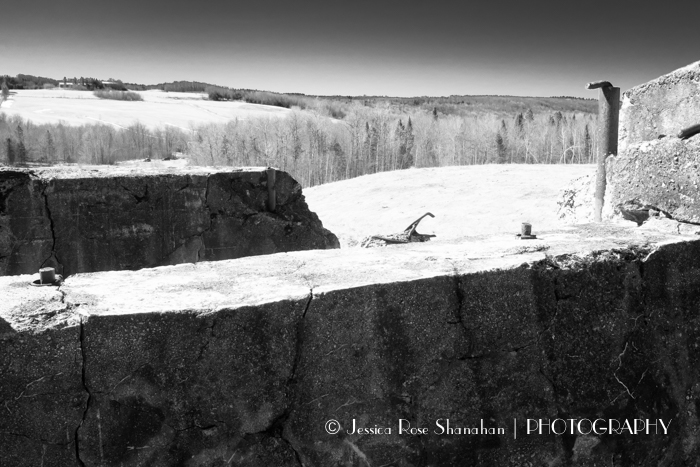Earth Day, 2018
“The Eustis mine was known in turn as the Lower Canada (1865), Hartford (1866-1872), Crown (1872-1888), and Eustis (1888-1939) mine. With a depth of 2,260 meters, for many years it was the deepest copper mine in Canada… The barren rock extracted during the shaft sinking and the manual sorting operations was dumped along the banks of Ruisseau Eustis (now known as the Eustis 2 site). The mine closed down in 1939.”

“Environmental problems at this site are nothing new. In the early days of mining here, the sulfur contained in the ore was eliminated by roasting the ore on a bed of hot coal, which would burn for about 70 days as the sulfur oxidized. The roasting process released sulfur emissions that affected the surrounding environment and had a harmful effect on livestock and human health.”

“In 1983 samples taken by Ministère de l’Environnement revealed that the water in Ruisseau Eustis was extremely acidic, with a pH of 2.3. In 2003 Berryman2 detected concentrations of cadmium, copper, iron, lead, and zinc in Ruisseau Eustis that were respectively 41; 2,490; 67; 25; and 65 times higher than criteria for the protection of aquatic life. As for Rivière Massawippi, it is contaminated by both the Eustis 1 site and the high levels of heavy metals in Ruisseau Eustis.”

Source: https://mern.gouv.qc.ca/english/mines/quebec-mines/2009-06/rehabilitation.asp




